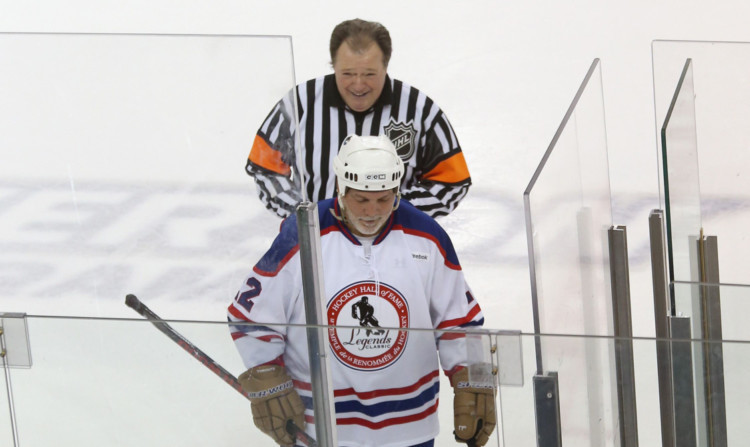
There aren’t many people in favour of Michel Platini’s controversial plans to replace yellow cards with sin-bins. But I’m one of the few exceptions.
The UEFA President certainly raised eyebrows by suggesting football should follow the lead of the likes of ice hockey and rugby by introducing sin-bins as a way of punishing players immediately.
Whenever change is mooted, more often than not it is met with resistance. That’s certainly been the case after Platini went public with his views.
The big debate which went on for years and years, and still is to a certain extent, is whether or not goal-line technology should be permitted? There has been resistance to that.
It was claimed it would make games too stop-start, but it won’t. It takes seconds to double-check an incident. This could be the same. Once it is up and running, it could enhance the game.
I was at Twickenham recently for an England rugby match and it didn’t disrupt the flow of the game. If anything, it makes it more exciting and I think it could do the same for football.
Can you imagine the excitement if a player was sent to a sin-bin for 10 minutes as opposed to being booked?
Basically, it would give one team the advantage of an extra man, and that might lead to teams having a real go during that period.
Also, you can see the point of the system when a player can commit a foul against one team and collect a booking, yet it isn’t until he is due to play against another team that his suspension kicks in.
Under these proposals, you would be punishing the player there and then. It might make players think twice about making certain tackles or deliberate fouls.
There are pros and cons to both sides of the argument.
What would happen if a batch of players were all booked within a very short period of each other? It could become something like 8 versus 9 at some point!
I’m not saying 100% it would work. What I’m saying is it’s worth exploring and worth trying.
If it helps make football matches more exciting and it most certainly does at rugby then such a suggestion might not actually be that crazy after all.
I’d be in favour of it being introduced in the lower leagues and seeing how it works out.
The bottom two leagues in Scotland and England could lead the way.
Either way, we’ll never know if it enhances the game until we give it a go.

Enjoy the convenience of having The Sunday Post delivered as a digital ePaper straight to your smartphone, tablet or computer.
Subscribe for only £5.49 a month and enjoy all the benefits of the printed paper as a digital replica.
Subscribe